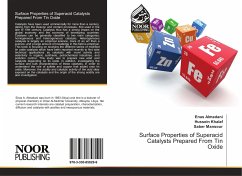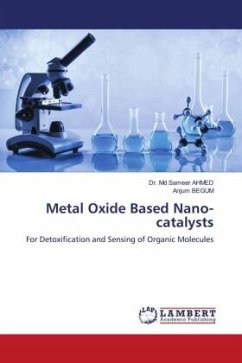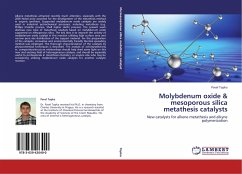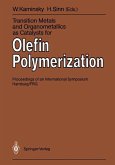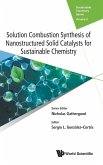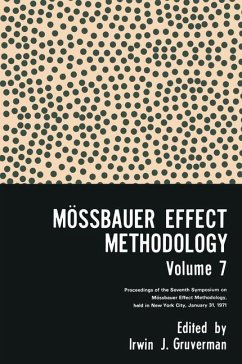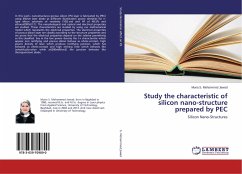Catalysts have been used commercially for more than a century, dating from the Deacon and contact processes, first used in the late of 19th century. Catalysis thus has a strong impact on the global economy and the economy of developing countries. Catalysis can be generally classified to two main categories; homogeneous and heterogeneous catalysis. Heterogeneous catalysis is largely an empirical science, more of an art than a science, and a large amount of knowledge in this field is empirical. This book is focusing on studying the different series of modified tin oxide catalysts which have been reported recently to find wide technical applications as catalysts with novel activity and selectivity in organic synthesis, petrochemical industries, and pollution control. This study was to prepare new solid acid catalysts depending on tin oxide. In addition, investigating the surface and bulk characteristics of these catalysts, in order to understand the role of sulfate and copper that added onto tin oxide. Moreover, the acidity and catalytic activity of the acid sites exposed on the catalysts and the origin of the strong acidity are also investigated.
Hinweis: Dieser Artikel kann nur an eine deutsche Lieferadresse ausgeliefert werden.
Hinweis: Dieser Artikel kann nur an eine deutsche Lieferadresse ausgeliefert werden.

